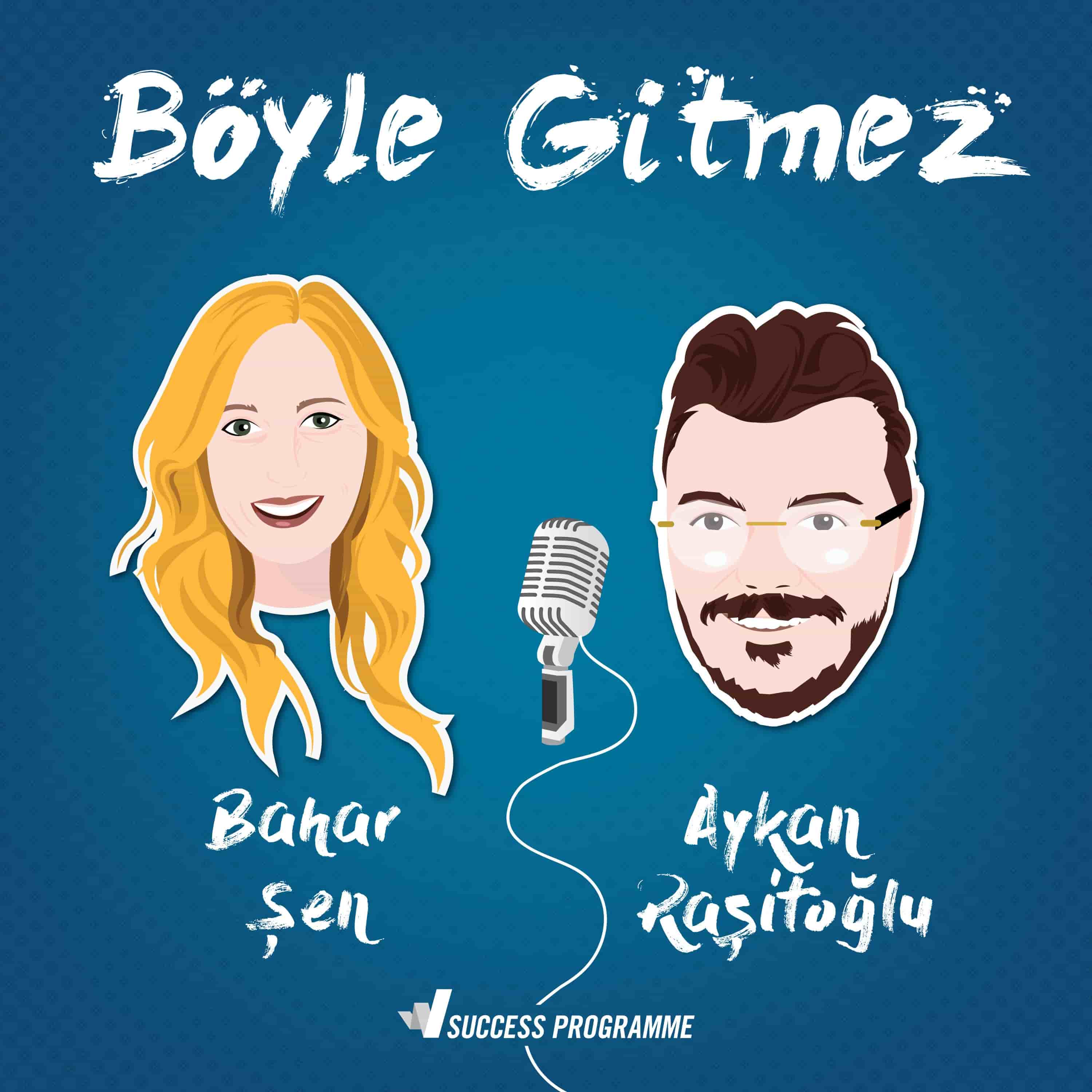Trust is the Oxygen of The Employee Experience and stepping up in moments of truth helps make organizations sustainable and resilient.
When something happens that tests the validity of the promises that make up the Contract, that’s a moment of truth (MOT).
Read the bestselling book, The Employee Experience
The result of a collision between expectations and MOTs is like what happens when physicists at the Large Hadron Collider bring elementary particles together at near-light velocities: unpredictable energies and particles hurtling off on random vectors. Those energies and particles can be harnessed for greater productivity, or they can rampage out of control and destroy the entire system. 
Moments of Truth
In a moment of truth, the Contract that both employer and employee have established is put to the test. Until a MOT occurs, any Contract—the Brand piece with its implied promises, the Transactional piece with its explicit promises, and the Psychological piece with its messy web of expectations and beliefs—is theoretical and untested.
But once a MOT arrives, the Contract gets very real. Employees quickly learn whether their employers or supervisors will keep their promises. They also find out in stark terms how the organization’s leaders view them, which can be a pleasant surprise or a rude awakening.
From the employee’s perspective, it doesn’t really matter as much whether the outcome of the MOT is positive or negative, as long as the outcome is consistent with expectations.
Every moment of truth is also a potential turbulence point in the Expectation Gap, that space between what employees expect and what they experience. Mismanagement of these moments of truth creates a situation where no one trusts anyone else.
Three Effects of Moments of Truth
What’s essential for leaders at all levels to understand is that MOTs are never neutral. They always have an impact. In fact, a MOT always has one of three effects:
- Reinforcement of the ContractContract reinforcement leads to feelings of safety and validation. Employees feel more secure and believe more strongly that they can trust in and invest themselves in the organization. They also feel good about themselves for having believed in the organization. A relationship of trust is the result.
- Violation of the ContractContract violation produces anger and cynicism. Employees feel varying degrees of anger at the organization, ranging from annoyance to rage, for not keeping its promises. Because they also feel manipulated and even betrayed, they can develop the cynical belief that the organization’s leaders can’t be relied on to do anything they say they will. It’s not hard to see how this attitude can lead to total disengagement. A relationship of distrust is the result.Incidentally, revising the Contract, even when changes are minor, is often seen as a violation. The thinking goes, if the organization can change its mind at the drop of a hat, what will change next? Even if the change in the Contract is positive, the fact that it can change suddenly, and without the employee’s consent, can create a net negative outcome. Revision can lead to uncertainty and worry.
- Creation of a new ContractNew Contracts may lead not only to confusion but also curiosity. These aren’t necessarily negative emotions, but confusion can lead to more problematic feelings if employees remain unsure about the new rules, their new roles, or what’s expected of them. That’s one of the reasons why change is hard. But communication is key. Curiosity can be a force for good and presents an opportunity to engage employees at a deeper level. Depending on the way the new Contract is handled, a relationship of trust or distrust could be the result.
These emotions are where the rubber meets the road with the Contract. They’re what you have to acknowledge and manage. Your subordinates aren’t going to say “You violated our Contract last week when you announced that pay freeze.” But they will reveal their anger, cynicism, and feelings of betrayal in subtle ways . . . and some that aren’t subtle.
Being mindful of those emotions isn’t a touchy-feely New Age management trope; it’s a leadership survival skill. A change to the Contract, whether company-wide or between a team lead and a line employee, often evokes powerful emotions that can dramatically affect your EX and engagement.
Trust is the Oxygen of the EX
Stepping up in moments of truth makes trust lasting and resilient, and helps your organization be sustainable. Trust is the oxygen of the EX. With it, you have life. Without it, trust dies. Trust isn’t static. It can’t be expected to run on autopilot. The level of trust your employees have in you today won’t be the same tomorrow. Trust is a continuum, not a state. It is always being increased or decreased.
This article was taken from the book, The Employee Experience: How to Attract Talent, Retain Top Performers, and Drive Results. Read the book today and learn more about creating an effective employee experience and how to manage your organization’s trust with its employees.


















